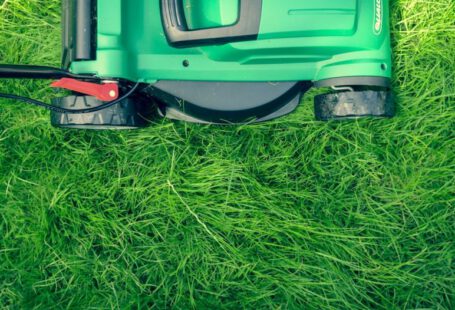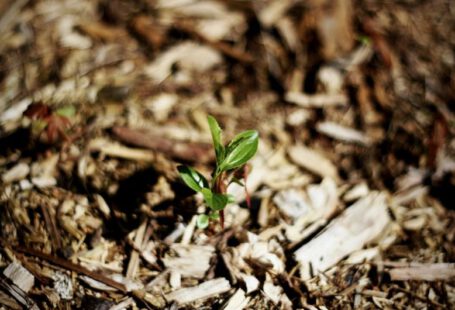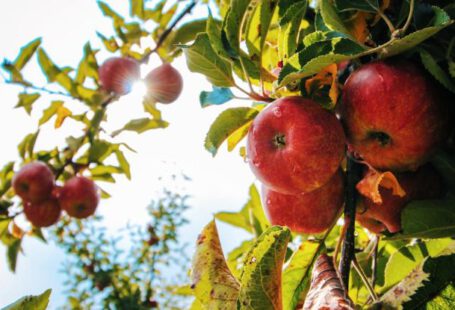Growing your own indoor salad garden is a rewarding and sustainable way to enjoy fresh, nutritious greens year-round. With a little bit of planning and creativity, you can easily set up a thriving indoor garden that provides you with a continuous supply of delicious salads. From choosing the right containers to selecting the best varieties of greens, here is everything you need to know to grow an indoor salad garden successfully.
Selecting the Right Containers
When it comes to growing an indoor salad garden, choosing the right containers is crucial. Opt for containers that are at least 6 to 8 inches deep to allow for proper root development. Consider using pots with drainage holes to prevent waterlogging, or if you prefer a more aesthetic option, self-watering containers can be a convenient choice. Additionally, you can repurpose items like mason jars, wooden crates, or even shoe organizers to create a unique and functional indoor garden space.
Choosing the Best Greens
One of the key factors in growing a successful indoor salad garden is selecting the right greens to grow. While lettuce and spinach are popular choices, consider experimenting with a variety of greens such as arugula, kale, and Swiss chard to add different flavors and textures to your salads. Microgreens, which are young seedlings of edible vegetables and herbs, are also a great option for indoor gardens as they are packed with nutrients and can be harvested quickly.
Providing Adequate Light
Light is essential for the growth of your indoor salad garden. Most greens require at least 6-8 hours of sunlight per day to thrive. If your indoor space lacks natural light, consider using grow lights to supplement the light needs of your plants. LED grow lights are energy-efficient and provide the full spectrum of light that plants require for photosynthesis. Position your containers near a south-facing window or under grow lights to ensure that your greens receive sufficient light for healthy growth.
Watering and Humidity
Proper watering is essential for the health of your indoor salad garden. Avoid overwatering, as it can lead to root rot and other issues. Instead, water your greens when the top inch of soil feels dry to the touch. To maintain adequate humidity levels, consider placing a tray of water near your plants or using a humidifier in the room. Misting your greens occasionally can also help to increase humidity and prevent the leaves from drying out.
Fertilizing Your Greens
To ensure that your indoor salad garden continues to thrive, it is important to provide your greens with the necessary nutrients. Consider using a balanced, water-soluble fertilizer to feed your plants every 2-4 weeks during the growing season. Alternatively, you can use organic compost or worm castings to enrich the soil and promote healthy growth. Be mindful not to over-fertilize, as this can lead to nutrient imbalances and damage to your plants.
Harvesting and Enjoying Your Greens
One of the most rewarding aspects of growing an indoor salad garden is harvesting and enjoying your homegrown greens. As your plants mature, use clean scissors to snip off the outer leaves, leaving the inner leaves to continue growing. This method allows for continuous harvesting and ensures that your plants remain productive. Experiment with different combinations of greens, herbs, and toppings to create delicious and nutritious salads that you can enjoy fresh from your indoor garden.
Incorporating an indoor salad garden into your home is a fun and sustainable way to elevate your culinary experience and promote healthy eating habits. By following these tips and guidelines, you can create a thriving indoor garden that provides you with a bountiful supply of fresh, flavorful greens throughout the year. With a little bit of care and attention, you can cultivate a vibrant indoor salad garden that not only enhances your meals but also brings a sense of joy and satisfaction to your home.





